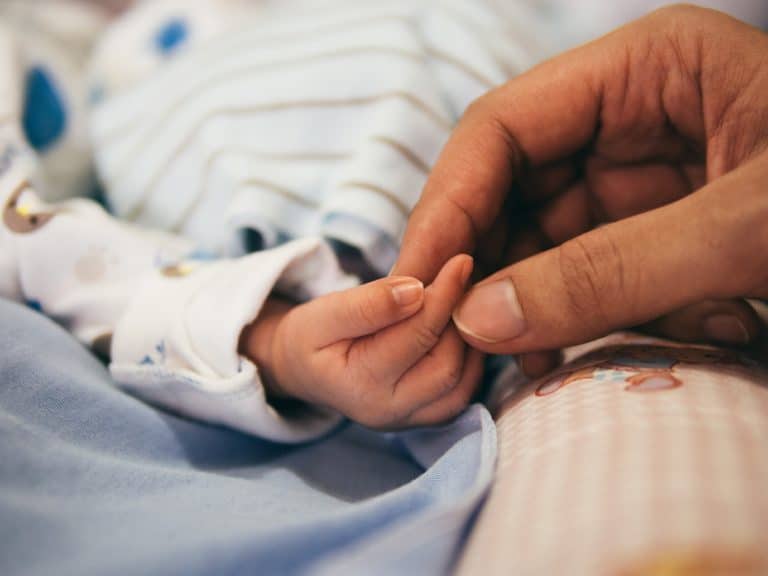What to Know About Pediatric Breathing Disorders
Breathing disorders in children can be concerning for parents and caregivers. Understanding common pediatric breathing disorders and their treatments can help in managing these...
Posted on April 24, 2020
PediatricsNeuroblastoma is a rare cancerous tumor that is most commonly diagnosed in children under the age of five. It is the second most common type of solid cancerous tumor found in children, after brain tumors. About 800 new cases are diagnosed each year in the U.S. Neuroblastoma accounts for six percent of all childhood cancers and is the most common tumor in infants.

Neuroblastoma form in young nerve cells, called neuroblasts. During development, a fetus grows neuroblasts that eventually become mature nerve cells around the time of birth. However, sometimes the neuroblasts do not develop correctly and continue to grow and divide rather than become mature nerve cells. When this happens, the abnormal cells can accumulate and develop into tumors.
Some hypothesize that neuroblastoma is a normal stage of fetal development, as most of the time the tumor regresses on its own without treatment. Experts are not really sure why early nerve cells are cancerous in some children and not for most, but it may be due to genetic mutations inside nerve cells.
Neuroblastoma can form anywhere on the body, but are most commonly found in the adrenal glands, spine, neck, chest, abdomen, pelvis, lymph nodes, liver, bones, bone marrow and skin.
The tumor is usually detected when a parent or doctor feels an unusual lump on a child’s body. In some cases, the tumor may be visible through the skin, but it may also press on neighboring organs and cause other symptoms.
Aside from a noticeable mass, symptoms may include enlarged lymph nodes, weakness, poor appetite, diarrhea or abnormal blood pressure.
Treatment of neuroblastoma depends on a number of factors, including the child’s age, characteristics of the tumor and whether the cancer has spread.
Children with no symptoms aside from the tumor itself are considered low-risk. Most low-risk cases will take a “wait and see” approach, but surgery may be required if the tumor doesn’t go away on its own.
Intermediate-risk patients require surgery to remove the tumor, which is followed by a moderate course of chemotherapy to destroy any remaining cancer cells and to prevent them from spreading.
High-risk patients require a high dose of chemotherapy, which may be performed in conjunction with another course of chemotherapy, stem cell transplant, surgery, radiation and/or immunotherapy.
For more information about neuroblastoma or to schedule an appointment, call Pinnacle ENT Associates today.
Breathing disorders in children can be concerning for parents and caregivers. Understanding common pediatric breathing disorders and their treatments can help in managing these...
Bronchiolitis is a common respiratory illness in young children that can cause swelling, irritation and a buildup of mucus in the small airways of...
Enjoying books, toys and games that celebrate hearing loss will help the children in your life develop their understanding of others, fostering a greater...
Ear infections are extremely common in children, largely because their immune systems are weaker, and their Eustachian tubes—the passageways between the middle ears and back...